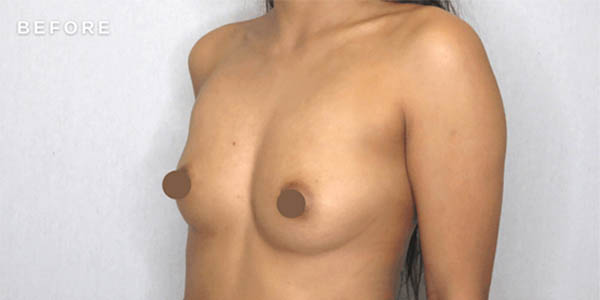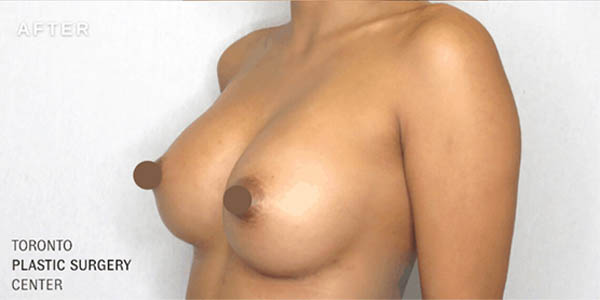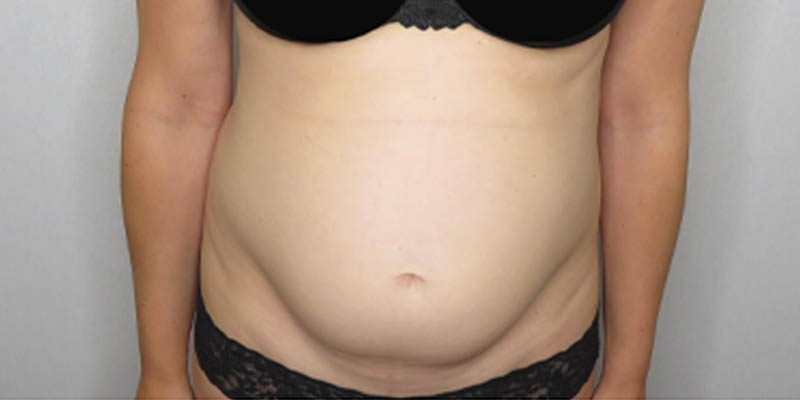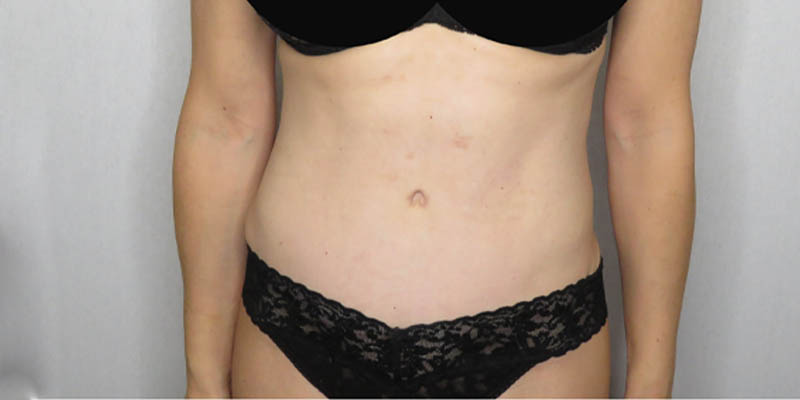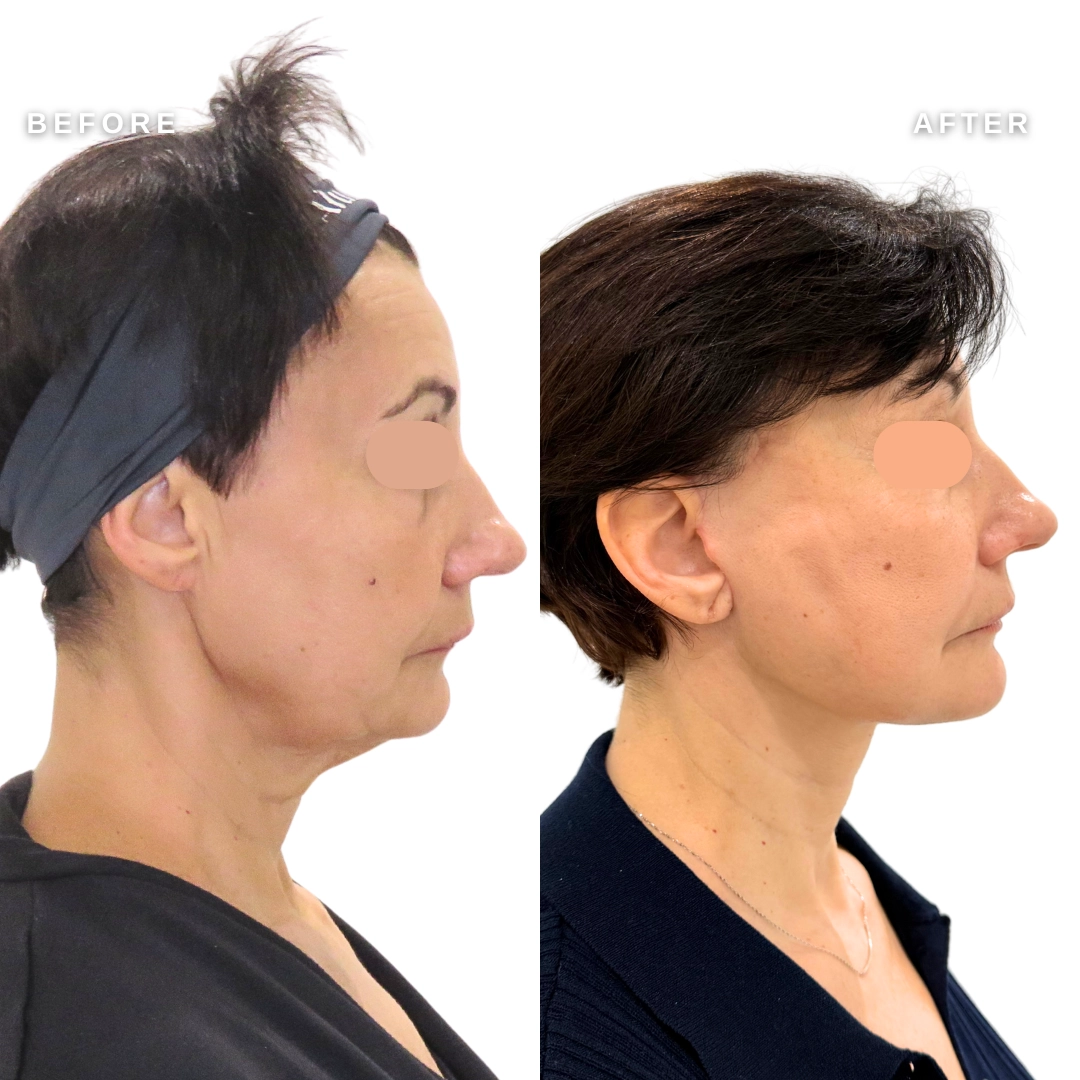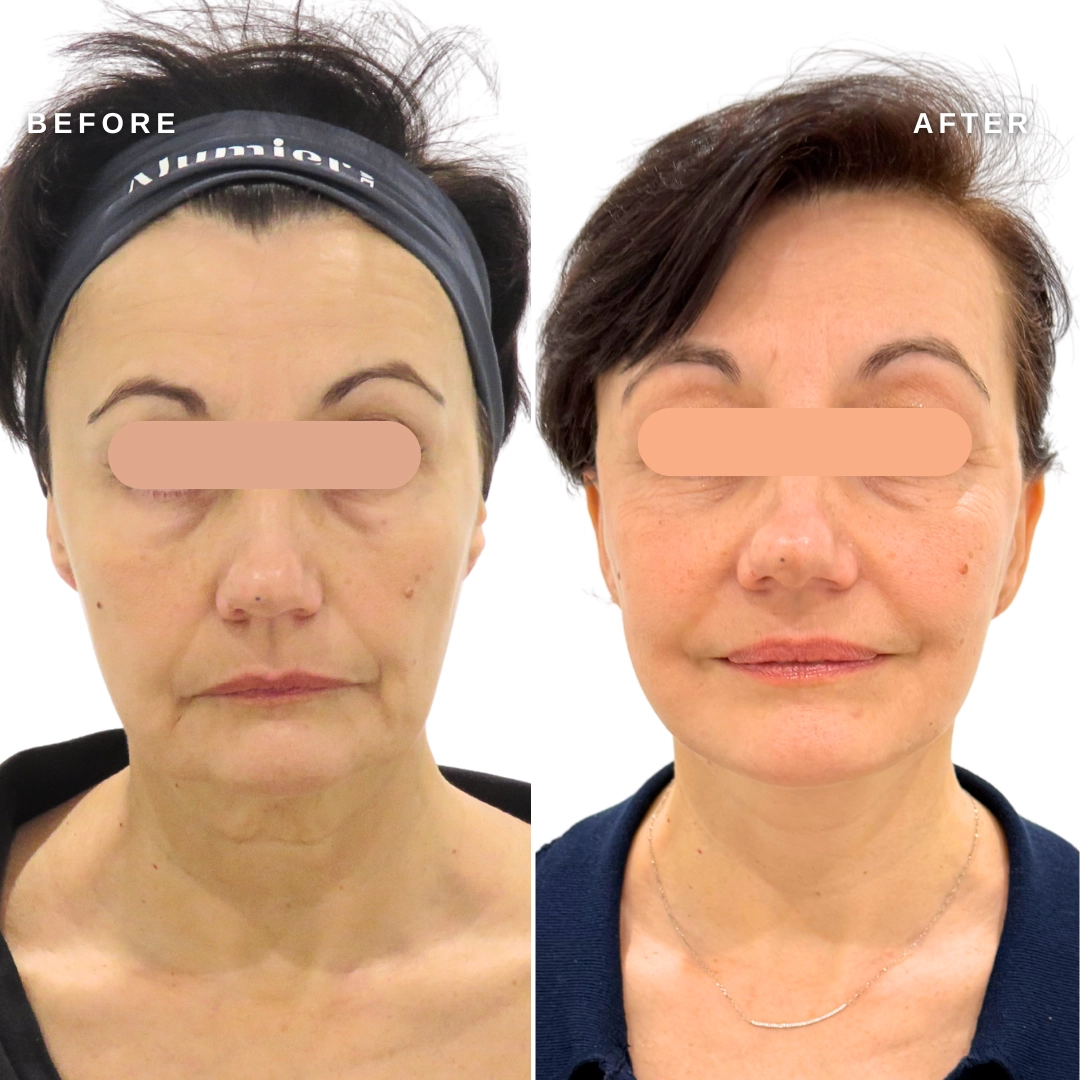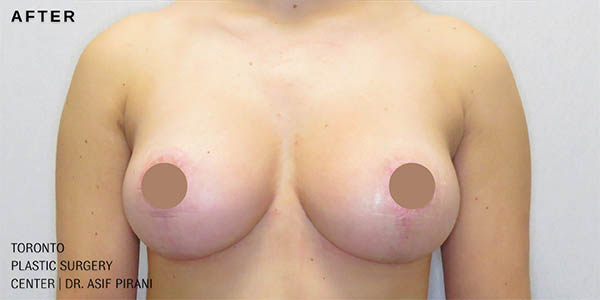June 27, 2025
By Dr. Asif Pirani
Rhinoplasty is an excellent way to achieve your desired nose shape or improve your breathing. A rhinoplasty can be used to:
- Bring facial balance
- Remove bumps or depressions on your bridge
- Correct large or hooked nasal tips
- Reduce nostril size
- Reduce bridge width
- Straighten a deviated septum
Once you are able to meet with Dr. Pirani and discuss what your options are for a rhinoplasty, you will be able to prepare for and schedule your surgery.
THE SURGERY
When you decide to move forward with rhinoplasty surgery, you might be excited to know what the next steps are. We have broken down what the procedures are for the surgery so you know what to expect.
ANAESTHESIA
To begin with, you will need anaesthesia for the procedure. Dr. Pirani will go over which type of anaesthesia would be suitable. When you arrive for surgery, the anaesthesia will be administered before moving forward. You will be monitored throughout the entire procedure to make sure that you are breathing well and your blood pressure is staying where it should be. Your health will have already been evaluated, so the monitors are more of a precaution than anything else, but it is still important to ensure your overall safety throughout the procedure.
INCISION
There are a couple of places where an incision might be made for your rhinoplasty depending on the type of surgery you are getting and what the surgery is trying to achieve. One common incision location is across the columella, which is the narrow strip of tissue in between your nostrils. Some incisions will be placed in the natural creases of your nostrils to alter the size or shape of the nose without having the incisions be noticeable.
RESHAPING
Once the incision has been made, the reshaping can begin. The reshaping will really depend on why you are getting a rhinoplasty. A larger nose can be made smaller by removing some nasal cartilage or bone. If you are increasing the size of your nose, you might need a cartilage graft instead. This is such a case-by-case part of the process that Dr. Pirani will need to review with you and discuss what your desired results are. Then you will know what is involved in reshaping your nose.
DEVIATING SEPTUM
Often, patients get rhinoplasty to get their septum corrected. If that’s the case, the cartilage’s placement might be adjusted or straightened rather than removed. The projections inside of the nose might be reduced to facilitate better breathing, but it will depend on how severely your septum is deviated.
CLOSING THE INCISION
Once the nose has been straightened or reshaped to reach its desired appearance, the skin and tissue will be put back into place and closed using small sutures. Often a split will be placed to help keep the new shape in place as your nose begins to heal. You will be taken to a recovery area to be monitored after surgery, before you are released to go home. You might be asked to stay overnight, but that will be decided based on Dr. Pirani’s recommendations. You will need a driver to take you home following the procedure to help monitor your initial recovery. You will likely be uncomfortable and tired after you have been discharged and should not drive yourself.
RESULTS
The nose will be bandaged to support it as it heals. The initial swelling will take a few weeks to completely subside and the appearance of your nose will gradually change as it completely heals. If you wear glasses, you will not want them to rest on your nose as it heals, so you will need to wear something to keep them lifted off of your nose for 6 weeks. You will need to avoid any strenuous activity and avoid wearing cosmetics for about two weeks.
The rhinoplasty procedure itself will be customized to meet your individual needs so these steps might look slightly different when it is time for your surgery. Dr. Pirani will be able to go over your needs as well as your final goals and let you know how the procedure steps will work for you.
